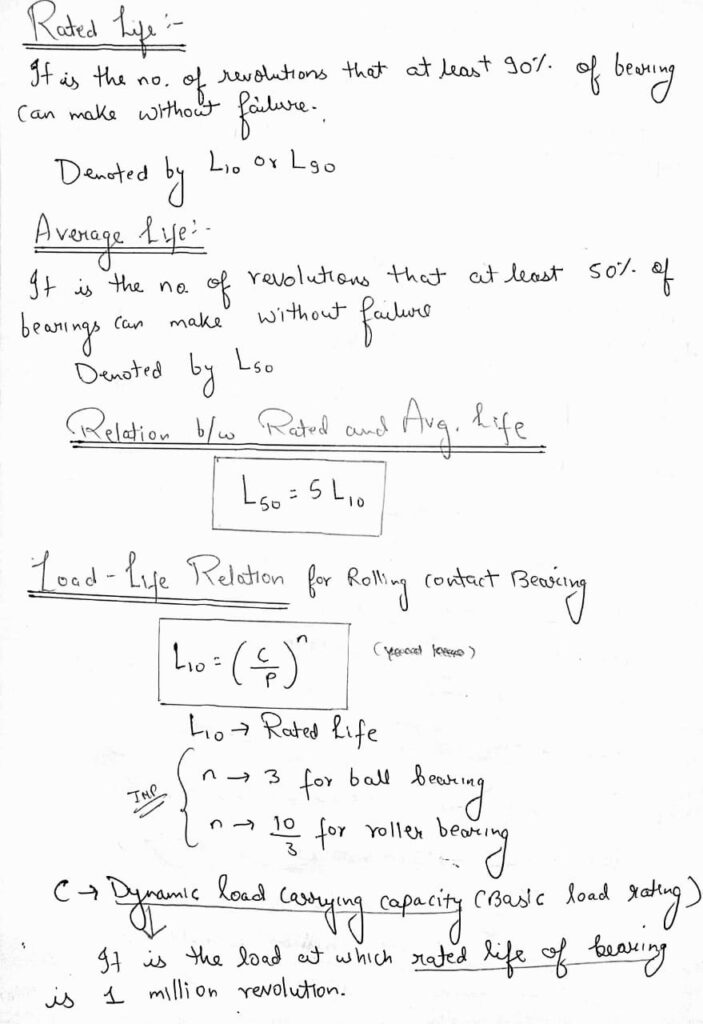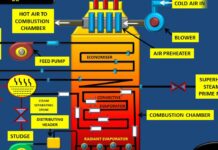In this blog we will discuss the life of bearing, dynamic load-carrying capacity, equivalent bearing load, rated life average life, the relationship between rated and average life, load life relationship. In the previous blog, we have already discussed the basic concepts related to bearing and types of rolling contact bearing.
The life of an individual ball bearing is defined as the number of revolution (or hours of service at some given constant speed), which the bearing runs before the first evidence of fatigue crack in balls or races. Since the life of a single bearing is difficult to predict, it is necessary to define the life in terms of the statistical average performance of a group of bearings.
Bearings are rated on one of the two criteria- the average life of a group of bearings or the life, which 90% of the bearings will reach or exceed. The second criteria is widely used in bearing industry. The rating life of a group of apparently identical ball bearings is defined as the number of revolutions that 90% of the bearings will complete or exceed before the first evidence of fatigue crack.
Dynamic Load Carrying Capacity
The Dynamics load-carrying capacity of a bearing is defined as the radial load in radial bearings (or thrust load in thrust bearings) that can be carried for a minimum life of one million revolutions. The dynamic load carrying capacity is based on the assumption that the inner race is rotating while the outer race is stationary.
Equivalent Bearing Load
In actual applications, the force acting on the bearing has two components- radial and thrust. It is therefore necessary to convert the two components acting on the bearing into a single hypothetical load, fulfilling the conditions applied to the dynamic load carrying capacity. Then the hypothetical load can be compared with the dynamic load capacity.
The equivalent dynamic load is defined as the constant radial load in radial bearings (or thrust load in thrust bearings), which if applied to the bearing would give the same life as that which the bearing will attain under the actual condition of forces. The expression for the equivalent dynamic load is written as,
P = XVFr + YFa
where,
- P = equivalent dynamic load (N)
- Fr = Radial load (N)
- Fa = axial or thrust load (N)
- V = race-rotation factor
X and Y are radial and thrust factors respectively and their values are given in the manufacturer’s catalogues. The race – rotation factor depends upon whether the inner race is rotating or the outer race. The value of V is 1 when the inner race rotates while the outer race is held stationary in the housing. The value of V is 1.2 when the outer race rotates with respect to the load, while the inner face remains stationary.
In most of the cases, the inner race rotates and the outer race is fixed in the housing. Assuming V as unity, the general equation for equivalent dynamic load is given by,
P = XFr + YFa
When the bearing is subjected to pure radial laod Fr,
P = Fr
When the bearing is subjected to pure thrust laod Fa,
P = Fa
load life relationship





